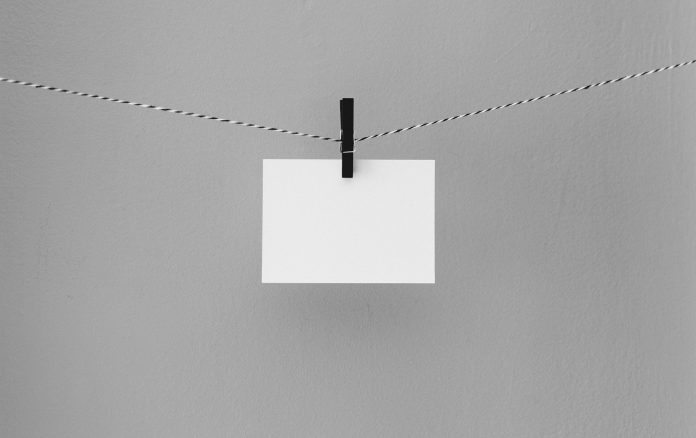During the festive season, the sound of envelopes being posted through the letterbox and landing on the doormat can be comforting and satisfying. Inside the envelopes of your Christmas cards is a message from someone who is thinking about you at this time of year.
To ensure that your Christmas cards stand out from the others in the doormat pile, it’s important to choose the perfect envelopes when sending cards to loved ones.
If you’re buying personalised Christmas cards this year, you can choose elegant, chic and stylish envelopes that beautifully coordinate with your bespoke Xmas cards.
If you’re making your own DIY Christmas cards, to send to family and friends, you have even more freedom to mix and match colours, papers, and styles of envelopes.
To help you choose the correct and perfect envelope for your Christmas cards, here are our Top tips…
- Paper Quality
If you want to impress your friends with your Christmas cards it’s vital that you pick cards that are made from high quality paper. For a flawless finish, luxury Christmas cards should be posted in envelopes that are equally luxe.
To make a good and lasting impression, it’s important that your don’t cut corners by sending your homemade Christmas cards in cheap and flimsy envelopes. Always choose the best quality paper envelopes in your budget.
If you’re environmentally conscious, you will want to choose Christmas card envelopes that are made from paper that is sustainably sourced.
- Paper Texture
The texture of the envelope paper, for your festive communication, is something that is often overlooked by most people. The general rule is: the thicker the paper, the more luxurious it feels between your fingers. Obviously, the thickness of the high quality paper will contribute to the overall weight and postage cost of sending your Christmas cards.
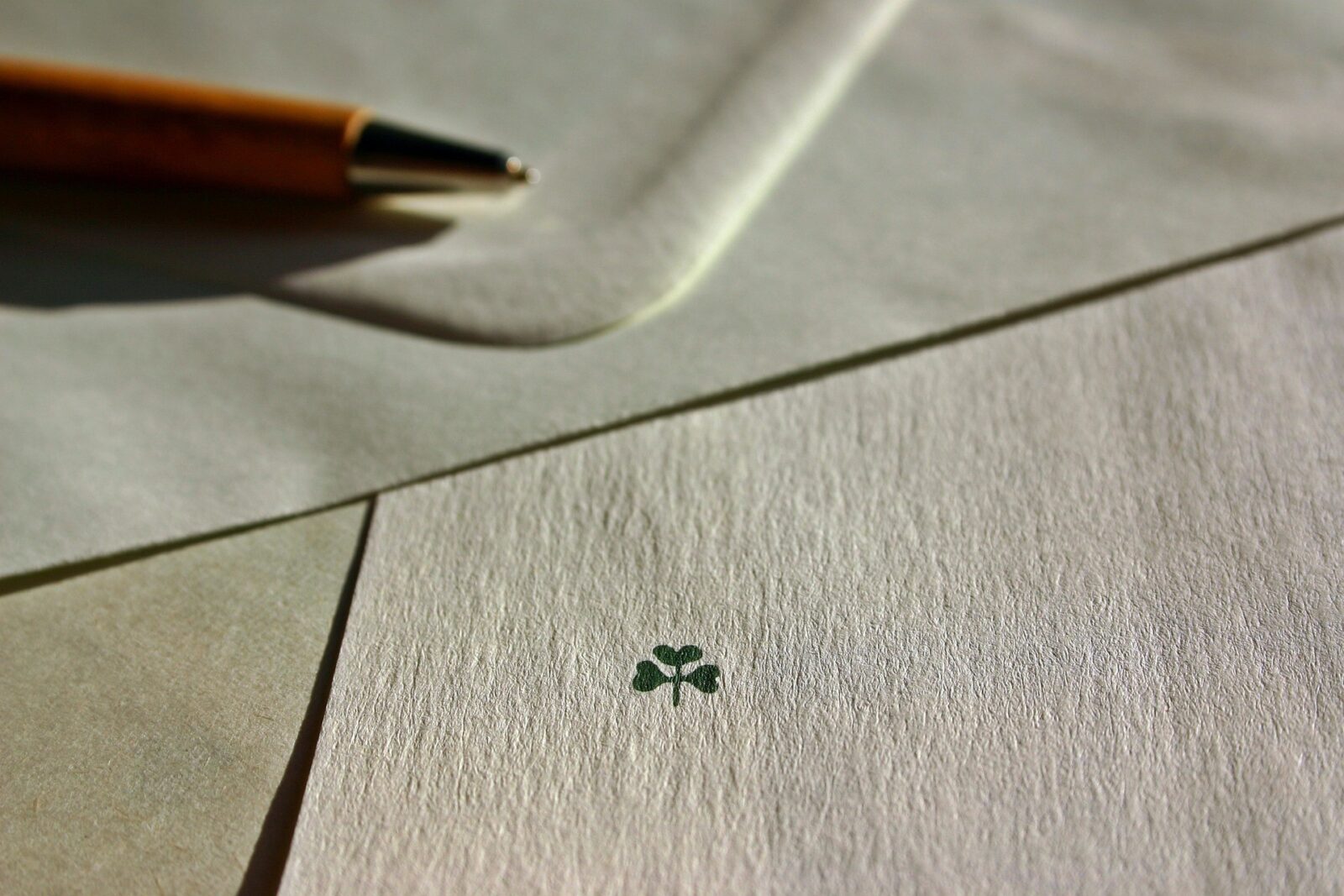
Paper that has a textured finish can also have an impact on your handwriting. When choosing the perfect paper texture for your Christmas cards, it’s worth taking a moment to consider the type of pen and ink that you’ll be using to address them. The smoother the paper, the easier it will be for your pen to glide as you write.
- Colour Coordination
The colour of the envelope that you use is a key factor in making a style statement with your Christmas cards. A coloured envelope catches the eye of the recipient, and really gets noticed.
Many shop bought Christmas card designs now include envelopes in the traditionally festive colours of red or green. If your Christmas cards have plain white envelopes you can easily give them a seasonal makeover to elevate their doormat attraction. Use coloured ink to handwrite the name and address on the front of the envelopes, and add a decorative motif or seasonal themed sticker to the flap on the reverse.
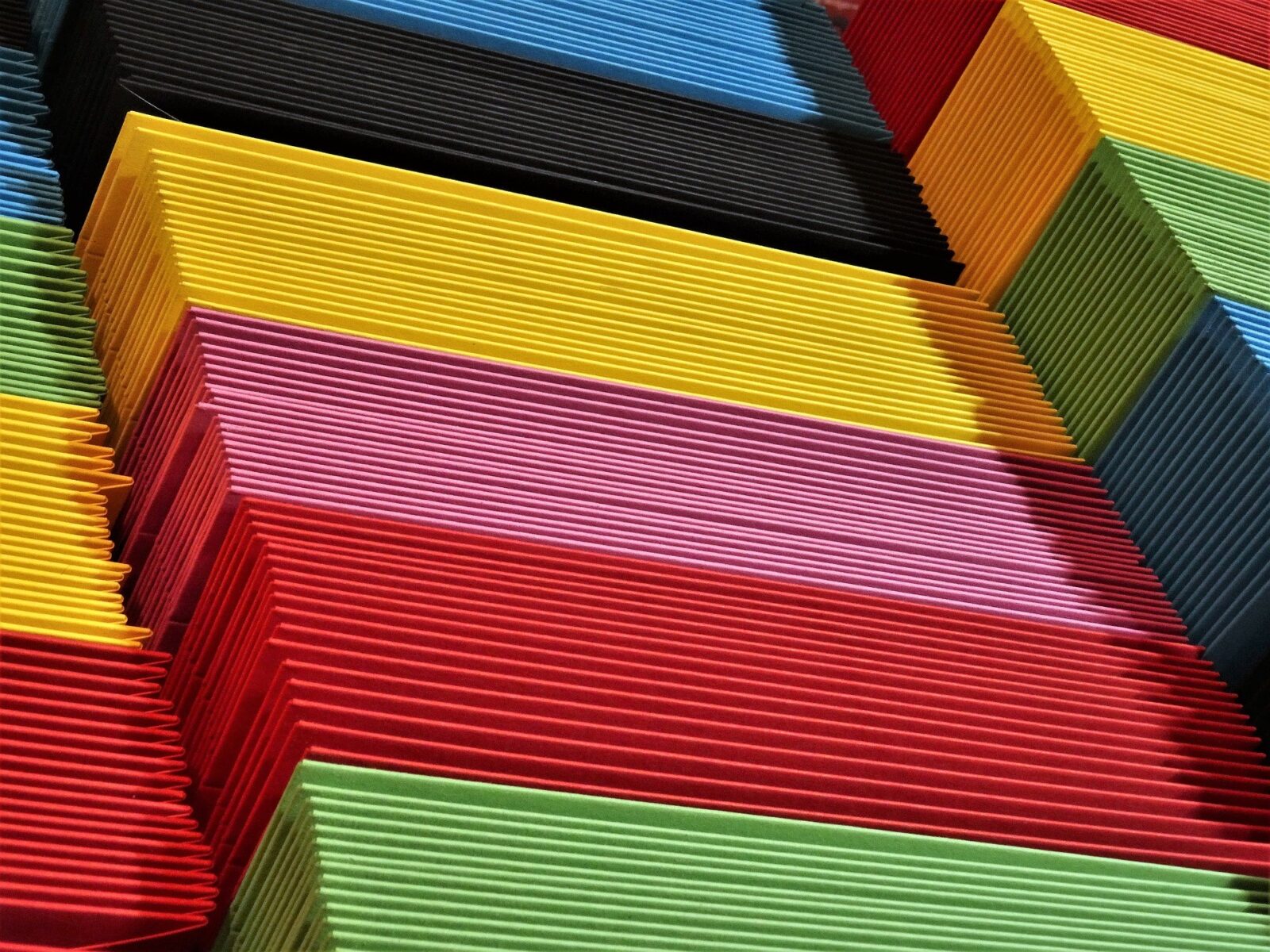
To make an impact with your Christmas cards, pick envelopes in bold, solid colours that perfectly complement the style and design. Teal, navy blue, black, grey, purple and burgundy are dramatic colours that command attention. Metallic shades like gold and silver work just as well.
Classic white, cream and ivory Christmas card envelopes can be instantly upgraded by adding a pop of bright colour inside the flap.
- Size Really Does Matter
The shape and size of the envelopes for your personalised Christmas cards obviously need to perfectly match the dimensions of the cards that you want to post. The most common standard portrait or landscape envelopes are available in A2 (4.25 x 5.5 card), A6 (4.5 X 6.25 card) and A7 (5 x 7 card) sizes.
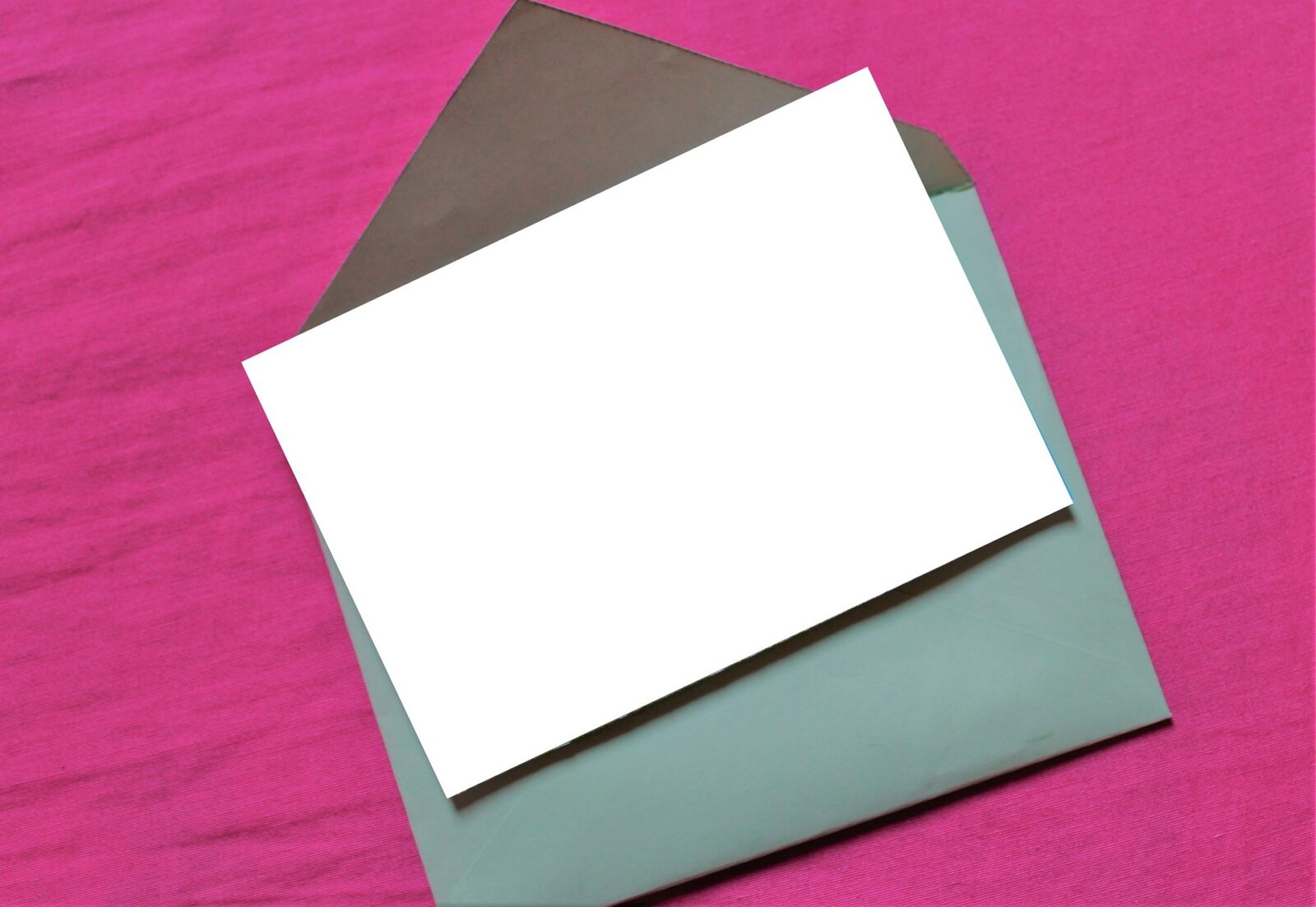
Mini Christmas cards are a popular choice to send. If you’re making your own small and compact Christmas cards, don’t be tempted to put them in envelopes that are oversized, just because it’s convenient. Choosing the smallest available envelope, for your minis, gives your bespoke Christmas cards a professional finish.
Handmade Christmas cards that are embellished with elaborate decoration should be posted in envelopes that have sufficient space for the adornments. If you have to struggle to get your Christmas card inside the envelope, there’s no guarantee that it will arrive on your friend’s doormat without some signs of damage. Gusset envelopes are specially designed to safely contain items that are more delicate, and are suitable for sending Christmas cards that feature fiddly bits.
- What’s Your Sealing Method?
Before you can pop all of your handwritten Christmas cards in the post, you need to ensure that your envelopes are properly sealed and secured. Envelopes are available in three different sealing types to suit your preference.
Envelopes that are gummed are the most popular choice for Christmas cards, birthday greetings and general post. The water soluable gum strip, on the reverse of your Christmas card envelopes, requires a quick lick to seal the contents.
Self-seal envelopes feature a latex strip on the flap that is pressed together to create a bond. Peel and seal envelopes have a strip of latex that is covered with release tape, for speedy sealing.
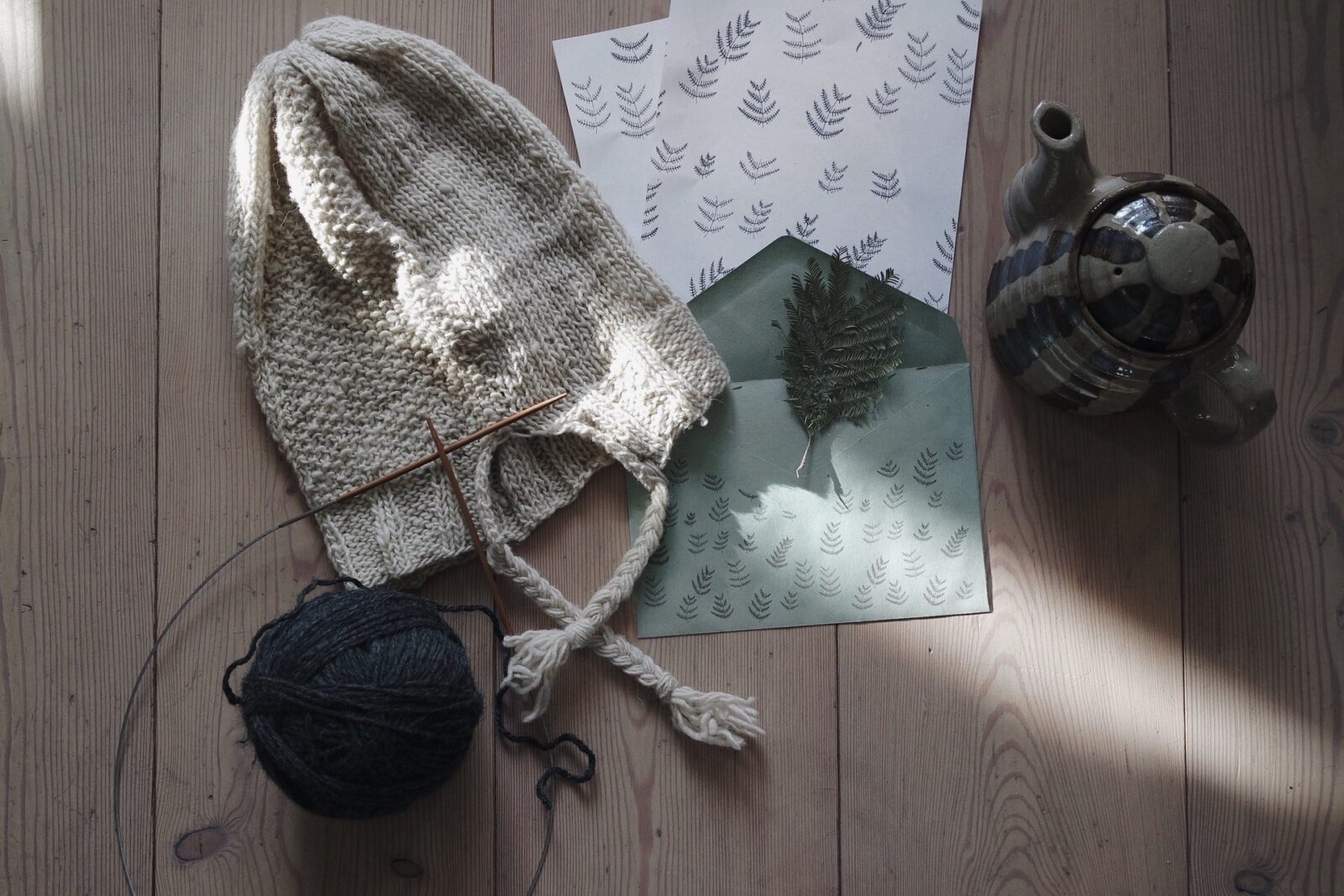
If you’re handcrafting your Christmas cards, and you have a huge batch to send to everyone on your Christmas list, you can save time by posting your festive cheer in envelopes that don’t require licking.
If you prefer to stick to tradition, gummed envelopes are the business for sending your Christmas cards near and far.






